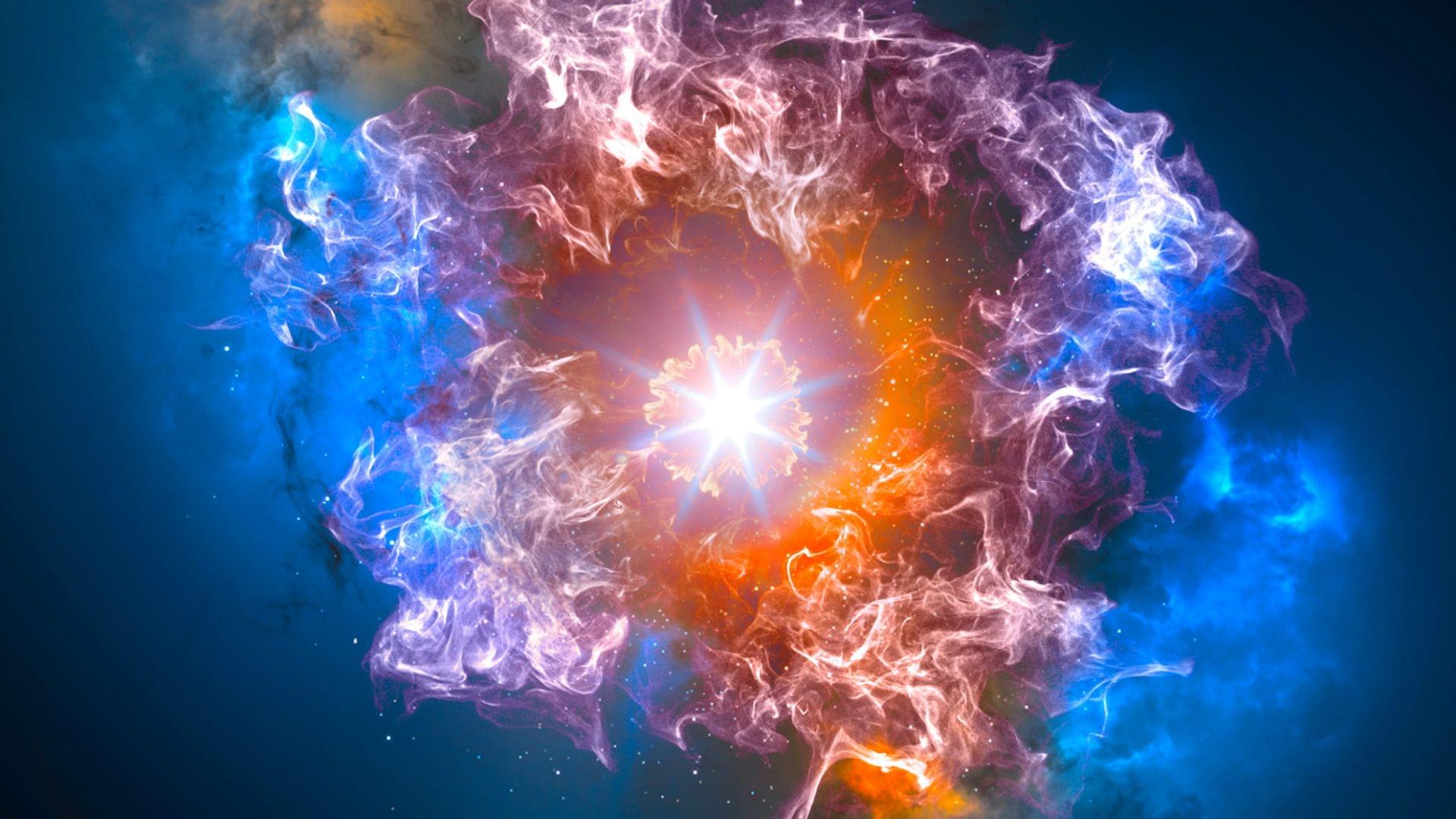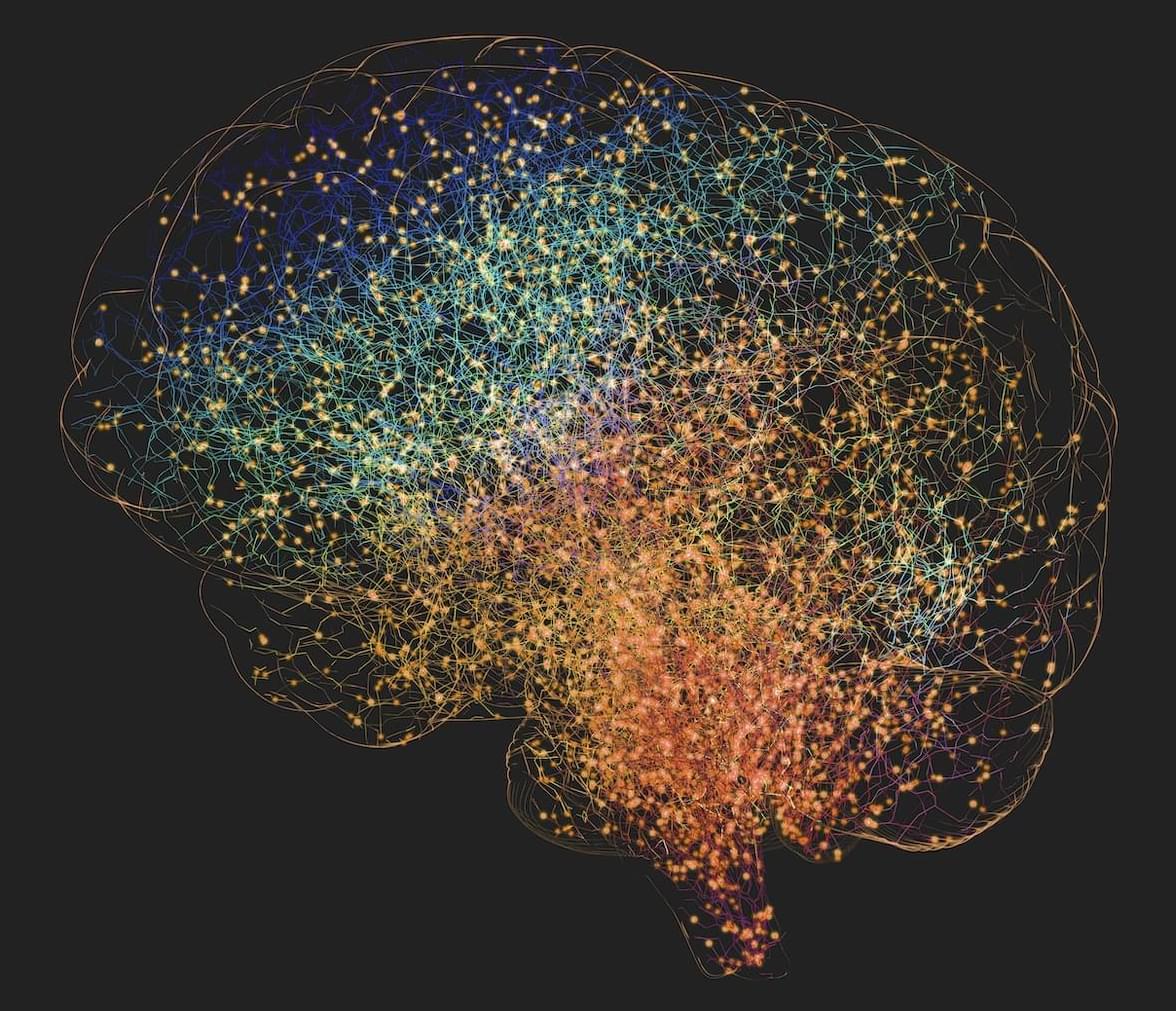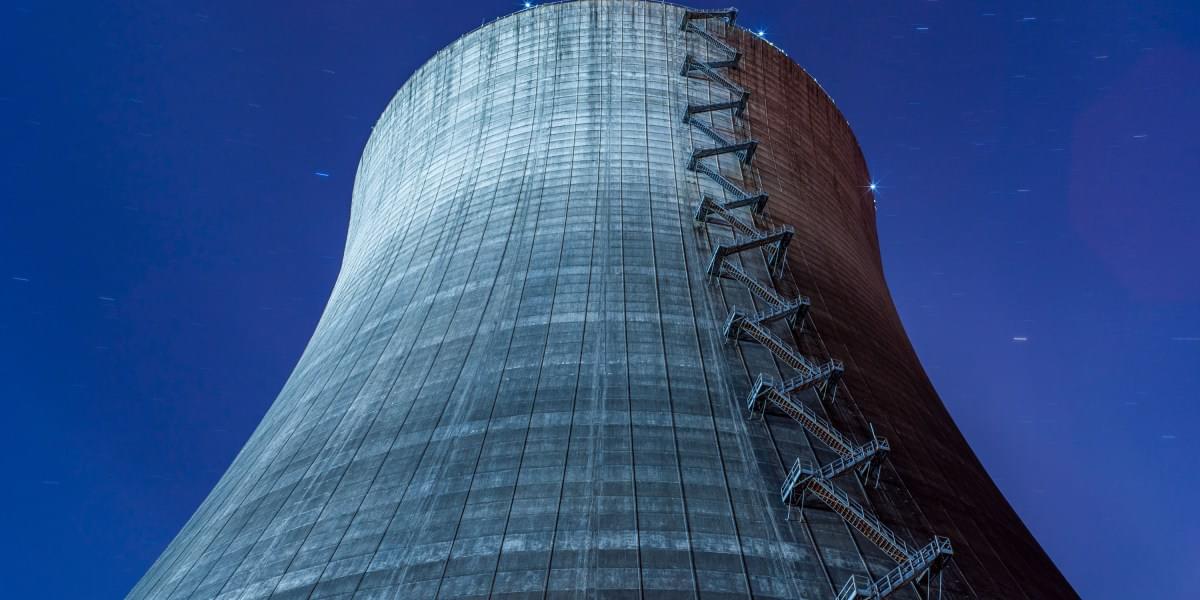The first space hotel , Voyager Station, is set to open in 2027 by Orbital Assembly Corporation (OAC).
Italian scientists have made a breakthrough in understanding quark-gluon plasma, the universe’s state moments after the Big Bang.
Oak Ridge National Laboratory and North Carolina State University researchers have developed a simulation capable of predicting how tens of thousands of
Business Insider laid off about one fifth of its workforce Thursday, a sweeping round of cuts that affected every department and drew swift criticism.
Dopamine, a small molecule derived from the amino acid tyrosine, plays a significant role in regulating multiple essential brain functions, including movement, mood and motivation as well as multiple cognitive functions, including attention and memory.
Dopamine signaling in the brain is a complex process, with many mechanisms in place to accelerate or slow down dopamine’s effects. When dopamine is released from nerve cells, its efficient removal to limit signaling occurs through the activity of special proteins called “transporters,” ensuring a shorter action of dopamine in the brain.
Disruptions in dopamine signaling have been linked to several neuropsychiatric disorders, including ADHD, schizophrenia, bipolar disorder, autism spectrum disorder, substance use disorder and addiction.
Researchers have developed a first-of-its-kind device to profile the immune function of newborns. Using a single drop of blood, the BiophysicaL Immune Profiling for Infants (BLIPI) system provides real-time insights into newborns’ immune responses, enabling the early detection of severe inflammatory conditions and allowing for timely interventions.
This critical innovation addresses the urgent and unmet need for rapid and minimally invasive diagnostic tools to protect vulnerable newborns, especially those born prematurely.
Scientists are still debating whether the human brain is capable of growing new cells past childhood.
Seasonality shapes much of life on Earth. Most species, including humans, have synchronized their own rhythms with those of the Earth’s seasons.
Plant growth cycles, the migration of billions of animals, and even aspects of human culture—from harvest rituals to Japanese cherry blossom viewings—are dictated by these dominant rhythms.
However, climate change and many other human impacts are altering Earth’s cycles. While humans can adapt their behavior by shifting the timing of crop harvests or Indigenous fire-burning practices, species are less able to adapt through evolution or range shifts.
Global shifts, advancing tech, and data center demand: Here’s what’s coming in 2025 and beyond.









